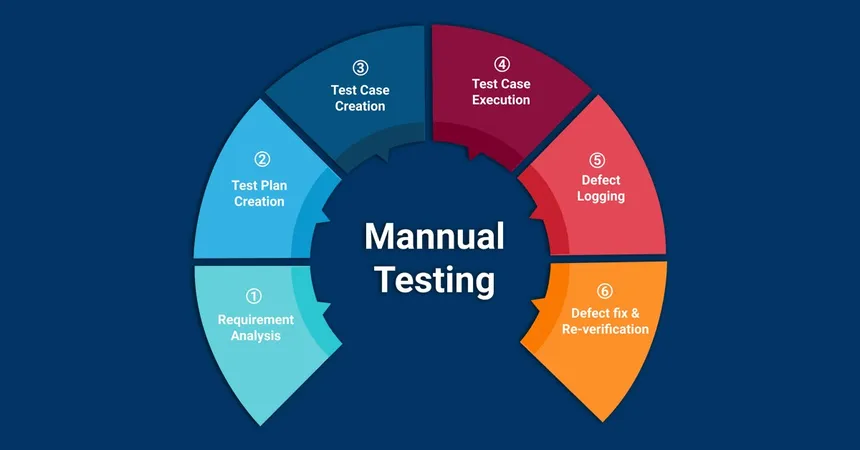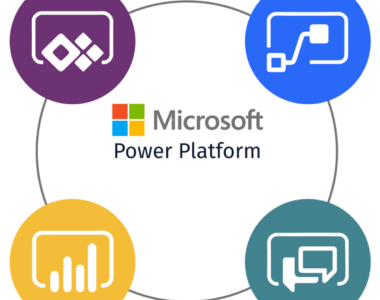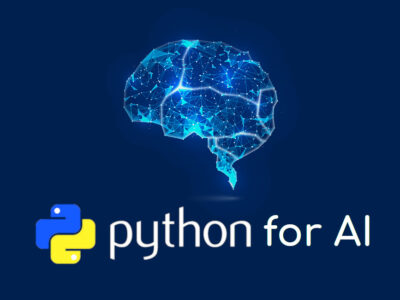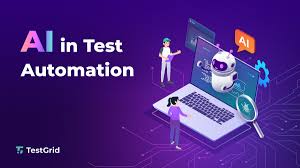Manual Testing Course Overview
The Manual Testing Bootcamp is a comprehensive program that focuses on teaching participants the core principles and best practices of manual software testing. Manual testing remains an essential skill in ensuring software quality, and this bootcamp covers all aspects of the testing life cycle, from understanding requirements and designing test cases to executing tests and reporting bugs.
Throughout the course, participants will be introduced to various types of manual testing such as functional, non-functional, black-box, and white-box testing. The course emphasizes the importance of test planning, test execution, defect reporting, and collaboration with development teams to ensure that software products meet user requirements and are free of bugs. By the end of the bootcamp, participants will be able to perform effective manual testing on a variety of software applications and become familiar with industry-standard tools for test management and bug tracking.
Key Learning Objectives:
- Understand the fundamentals of software testing and the role of a manual tester in the software development lifecycle (SDLC).
- Learn how to design and execute effective test cases based on software requirements and user stories.
- Gain hands-on experience with various types of testing, including functional, regression, usability, and exploratory testing.
- Learn defect life cycle management, including how to log and track bugs using tools such as Jira, Bugzilla, and others.
- Understand how to collaborate with developers and stakeholders to ensure product quality.
- Gain an understanding of Agile testing methodologies and their role in continuous testing and delivery.
- Develop skills in test planning, execution, and reporting for web, mobile, and desktop applications.
Modules Covered:
Module 1: Introduction to Software Testing
- What is Software Testing?: Overview of testing, importance of quality assurance (QA), and the role of a tester.
- Types of Testing: Introduction to manual testing and its various types (black-box, white-box, gray-box).
- Software Development Life Cycle (SDLC): Waterfall, V-Model, Agile, and the place of testing in different methodologies.
- Software Testing Life Cycle (STLC): Phases of STLC, from requirement analysis to test closure.
Hands-On: Understanding the SDLC and STLC processes by mapping out test phases for a simple software project.
Module 2: Testing Techniques and Test Design
- Requirement Analysis: Analyzing requirements and user stories to identify testing needs.
- Test Case Design Techniques: Writing test cases based on requirements, functional specifications, and user scenarios.
- Test Case Writing Best Practices: Writing clear and concise test cases using standard templates.
- Equivalence Partitioning and Boundary Value Analysis: Designing test cases using these techniques to maximize test coverage with minimal test cases.
- Decision Table Testing and State Transition Diagrams: Understanding how to test complex workflows and business rules.
Hands-On: Writing and executing test cases for a real-world application using techniques like equivalence partitioning and boundary value analysis.
Module 3: Types of Manual Testing
- Functional Testing: Understanding functional testing, writing test scenarios and test cases for functional verification.
- Regression Testing: Ensuring that new code changes do not break existing features.
- Exploratory Testing: Ad-hoc testing based on tester’s domain knowledge and experience.
- Smoke and Sanity Testing: Identifying critical paths in the application and performing initial testing.
- Usability Testing: Ensuring that the application provides a user-friendly experience.
- Acceptance Testing: Verifying that the application meets the customer’s acceptance criteria.
Hands-On: Performing functional, regression, and exploratory testing on a web-based application and documenting test results.
Module 4: Defect Management
- What is a Defect?: Understanding what constitutes a defect, bug, and error.
- Defect Life Cycle: Phases from bug discovery to resolution (open, assigned, resolved, closed, etc.).
- Bug Reporting: Writing clear, concise, and actionable bug reports with severity and priority classifications.
- Bug Tracking Tools: Introduction to bug tracking tools like Jira, Bugzilla, and Redmine.
Hands-On: Logging and managing defects in Jira, including assigning priorities and tracking their life cycle through resolution.
Module 5: Test Planning and Execution
- Test Plan Basics: Creating a test plan, defining scope, objectives, resources, and test environment.
- Test Estimation Techniques: Estimating the time, effort, and resources required for testing.
- Test Execution: Running test cases, documenting results, and identifying issues.
- Test Reporting: Preparing test summary reports, documenting test coverage, defect density, and test effectiveness.
Hands-On: Writing a test plan for a sample project, executing test cases, and preparing test summary reports.
Module 6: Agile and Testing in DevOps
- Agile Testing Methodologies: Role of testers in Agile, continuous testing, and test automation in sprints.
- Test-Driven Development (TDD) and Behavior-Driven Development (BDD): How manual testing fits into these practices.
- Continuous Integration/Continuous Delivery (CI/CD): Introduction to the role of manual testing in CI/CD pipelines.
- Collaboration with Development Teams: Communicating effectively in Agile environments, participating in daily stand-ups, sprint planning, and retrospectives.
Hands-On: Participating in mock Agile sprints, writing test cases for user stories, and executing them during the sprint cycles.
Module 7: Testing Across Different Platforms
- Web Application Testing: Testing web applications across different browsers and platforms.
- Mobile Application Testing: Testing mobile apps on different devices and emulators, covering aspects like UI, functionality, and performance.
- Cross-Browser Testing: Ensuring compatibility across browsers using manual techniques.
- Cross-Platform Testing: Understanding testing challenges across different platforms (iOS, Android, Windows, macOS).
Hands-On: Testing web and mobile applications across various browsers and platforms, documenting issues, and ensuring compatibility.
Module 8: Non-Functional Testing Overview
- Performance Testing: Understanding basic performance testing concepts like load, stress, and endurance testing.
- Security Testing: Manual security testing techniques for identifying vulnerabilities such as SQL injection and cross-site scripting (XSS).
- Accessibility Testing: Ensuring that applications are accessible to all users, including those with disabilities.
- Compliance Testing: Checking applications against legal and compliance standards.
Hands-On: Conducting basic performance tests, performing manual security checks, and checking compliance for a web application.
Module 9: Real-World Application Testing
- End-to-End Testing: Testing complete workflows in a system, from start to finish.
- Integration Testing: Verifying data flow and integration points between different modules or systems.
- System Testing: Ensuring that the entire system works as expected, from user interfaces to databases.
- User Acceptance Testing (UAT): Working with users to validate that the software meets their requirements.
Hands-On: Performing end-to-end testing on a sample project and working with stakeholders to ensure the system meets business requirements.
Capstone Project:
Participants will apply all the skills learned throughout the course in a real-world manual testing project. They will write a test plan, execute various types of tests (functional, regression, exploratory), report bugs, and work in a simulated Agile environment. The final project will involve testing a web or mobile application from start to finish, including test case design, execution, defect logging, and reporting.
Who Should Attend?
- Aspiring QA professionals who want to build a career in manual testing.
- Software developers interested in understanding the testing process to improve the quality of their code.
- Professionals transitioning from other IT roles to quality assurance.
- Students and graduates seeking foundational skills in software testing.
Course Outcome:
By the end of the bootcamp, participants will have mastered the key skills needed to conduct manual testing on a variety of software applications. They will be able to design and execute test cases, find and report bugs, and ensure software quality through effective collaboration with development teams. Graduates will be well-equipped to pursue roles such as Manual Tester, Quality Assurance (QA) Analyst, or QA Engineer in Agile teams.
Course Features
- Lecture 0
- Quiz 0
- Duration 35 hours
- Skill level All levels
- Language English
- Students 26
- Assessments Yes






